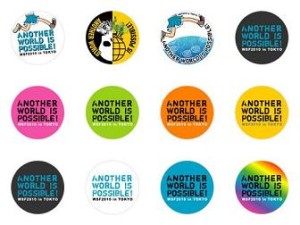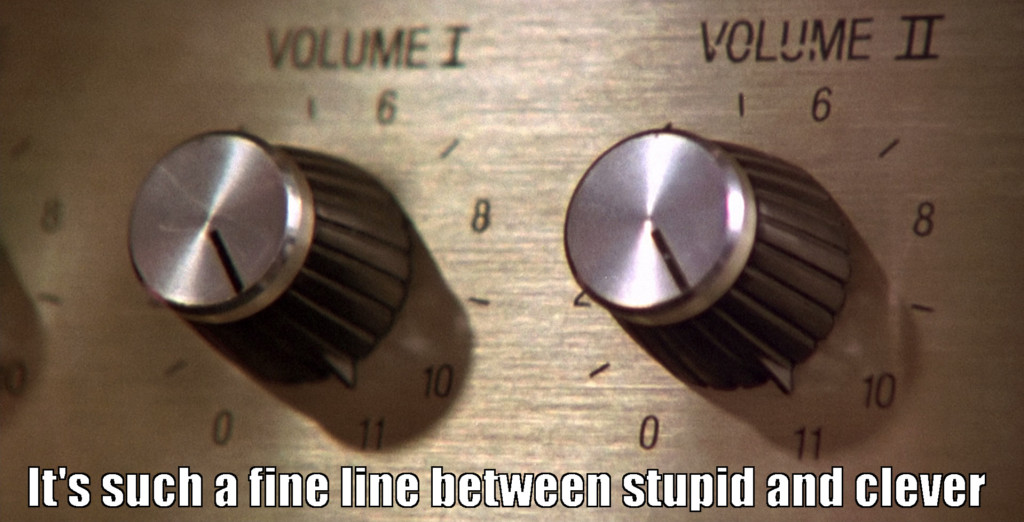 comment on “Why Twitter needs a design reset” by Frédéric Filloux in Monday Note.
comment on “Why Twitter needs a design reset” by Frédéric Filloux in Monday Note.
excellent article. I’ve been a heavy user of Twitter and intrigued by its value and potential, but likewise dismayed by the company’s blundering on user-experience issues.
So I’ve developed several proposals and projects in response to the problem:
1) “open innovation” model:
a public product-development and feature-suggestion forum and product accelerator, allowing user submission and voting on ideas. Top ideas/features might get a trial, funding or equity from Twitter.
This proposal responds in particular to the situation of Twitter’s product-dev division, whose head Michael Sippey recently left without a replacement named, and which appears to be in some disarray. (see “Can Twitter Fix Its Product Problem?” by Mike Isaac in AllThingsD, 8 November). I would guess that there is significant anxiety inside Twitter management right now about the product division and issues such as a) rate of account abandonment; b) continuing difficulty in conveying value proposition and service features to new users; c) not achieving near the user base or daily usage minutes of Facebook or newer entrants such as Snapchat or Whatsapp.
Since Twitter’s internal product-dev seems adrift, I think a really interesting and bold way to kickstart new directions would be to engage the user/developer community openly with a forum/accelerator such as described.
2) Prototyping of new interfaces:
you make some great suggestions above, and I discuss related ideas in a recent post “Another Twitter is Possible.” As noted there, many lead users have been talking for some time about Twitter’s lack of good means to filter and configure user experience. I see interesting opportunities to prototype quite new approaches, even bearing in mind the many 3rd-party clients already built, and the unfortunate history of Twitter choking off this client development by restricting API use.
In my project area FlowSort, I’m prototyping an open system to allow plugin/tradeable sorting, filtering, and display features. The idea is to support, at least at a low volume, low-barrier-to-entry and rapid exploration of new user-experience approaches, perhaps as proofs of concept to influence Twitter or (see below) other interest-graph platforms.
3) Explore new, open replacement platforms for Twitter.
For a while I’ve followed various alternate systems such as Status.net and App.net which have had either different architectures or different business/user models, and so far have had little success. Recently, though, I came across some intriguing work by Zhiwu Xie of Virginia Tech, et al, demonstrating the surprising feasibility of building a low-cost platform, functionally similar to Twitter, by relaxing some requirement on up-to-the-second realtime freshness. (See Xie et al [2012] “Poor Man’s Social Network” #webapp12).
In conversation with Xie and others, I am exploring the idea of building a demonstration/prototype platform oriented to scientific and scholarly communication, “SocialScholar.” See @SocSchol. Here the motivations include building a platform more suited to this sector’s needs, such as archiving, open API, filterability, and variety of use modes other than realtime / time-windowed interaction.
So I fully agree, Twitter needs a design reset. Also, perhaps we can be a part of that resetting! Another Twitter is possible..
Tim McCormick, Palo Alto
@tmccormick tjm.org
.
—–
What do you think? Comments are welcome below, or by Twitter or email: tmccormick at gmail.com.
.
 comment on “How to use social media for science — 3 views” (Tips from science and journalism pros at the American Association for the Advancement of Science (AAAS) annual meeting). by Alison Bert, Elsevier Connect, 25 February 2014).
comment on “How to use social media for science — 3 views” (Tips from science and journalism pros at the American Association for the Advancement of Science (AAAS) annual meeting). by Alison Bert, Elsevier Connect, 25 February 2014). 



